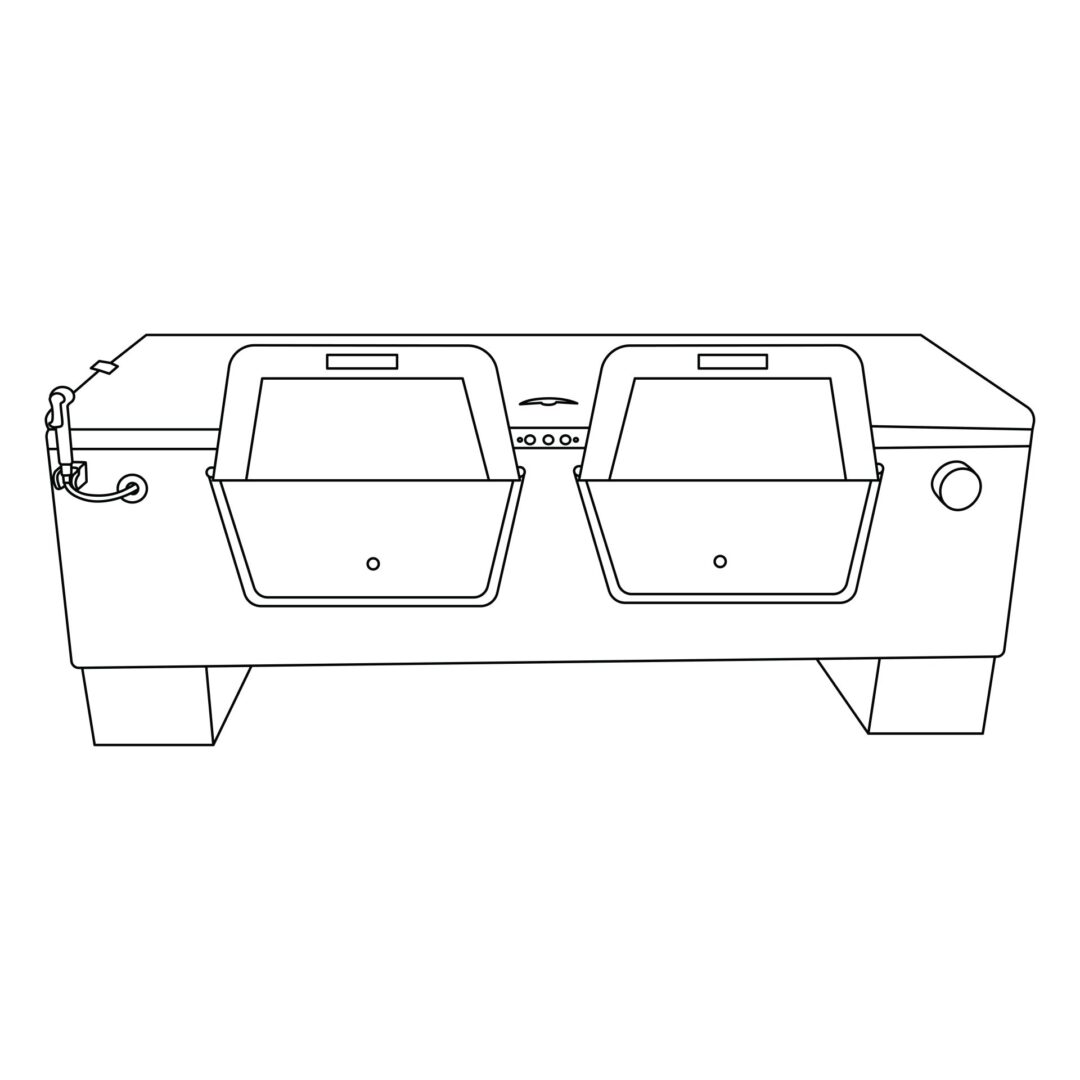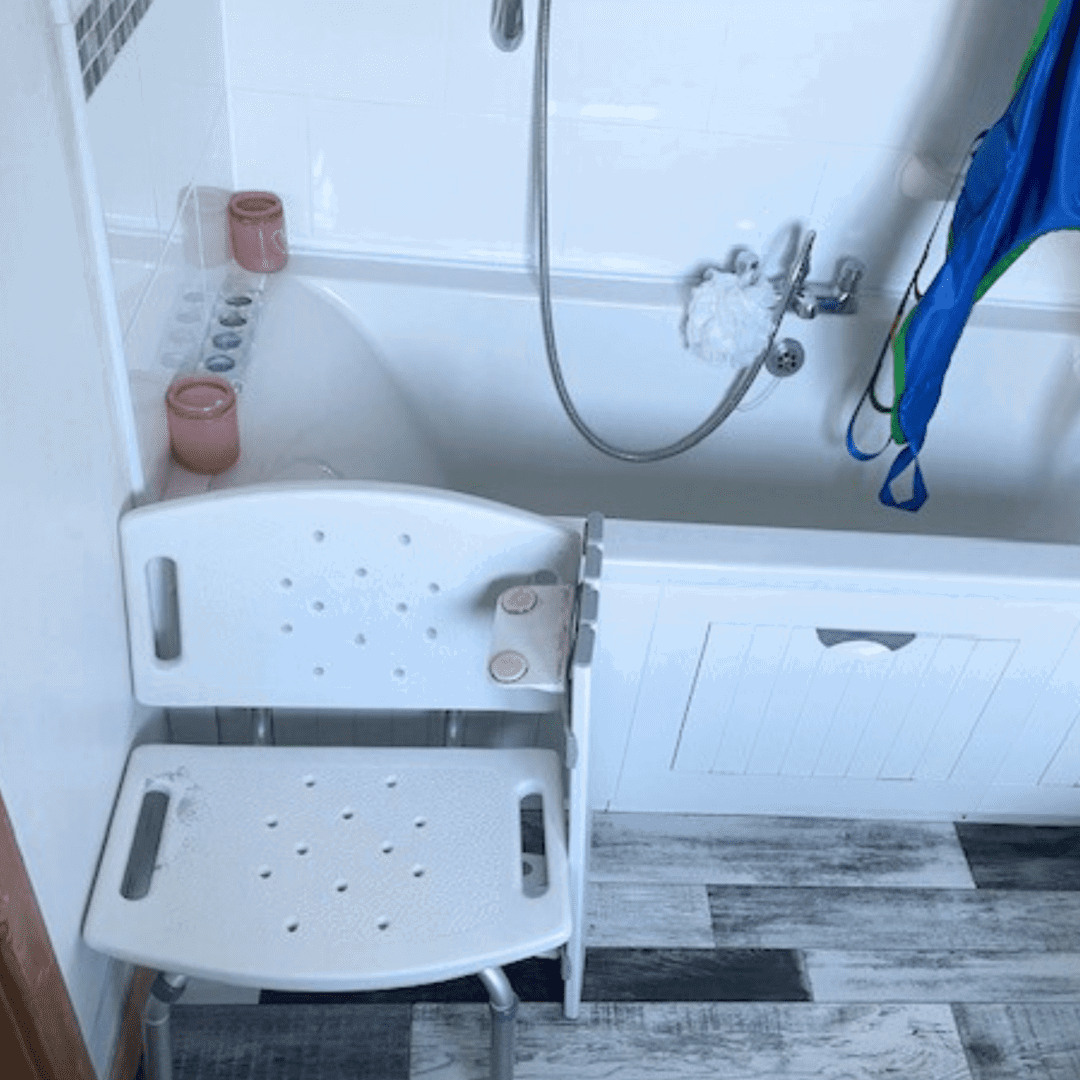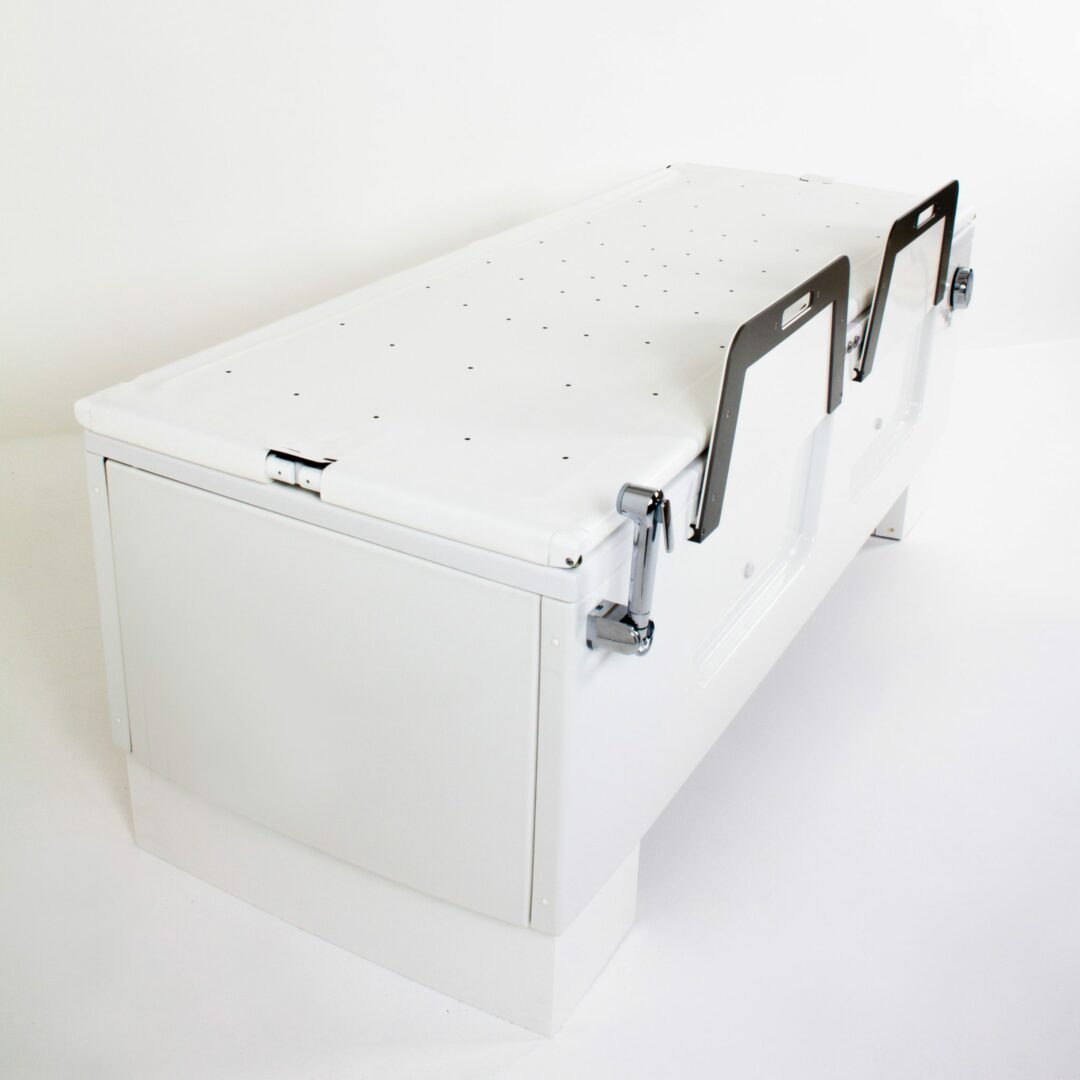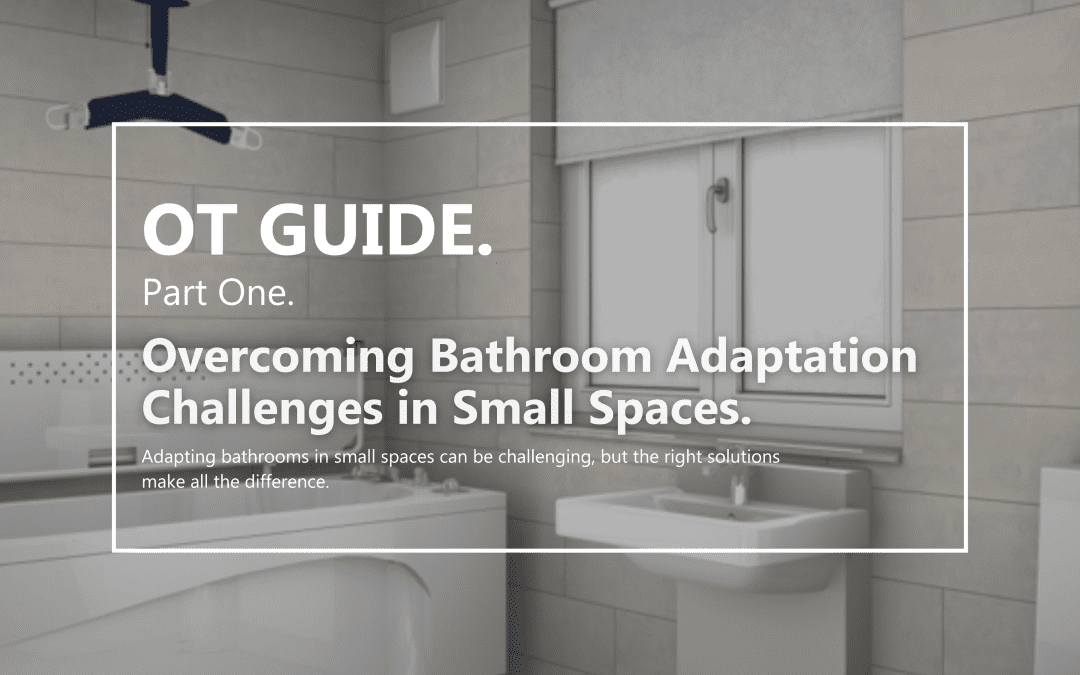Understanding the Client’s Needs and Space Constraints
Before recommending any adaptations, it’s essential to assess both the client’s current and future needs, as well as the physical constraints of their home. Key considerations include:
- The client’s mobility level and transfer needs
- Whether the client requires carer assistance
- Available space and layout restrictions
- Potential for reconfiguring the existing bathroom
Tip: Our team at Astor Bannerman can assist with site visits and technical advice to ensure the best use of space.

Exploring Structural Adaptation Options
For clients with extremely limited space, structural changes to the bathroom may be necessary. Options vary greatly in terms of complexity and cost but can make a significant difference in accessibility. Some possible structural solutions include:
- Extending the bathroom to create more usable space
- Remodelling the existing layout to improve flow and usability
- Repositioning or replacing equipment to better fit the available space
- Installing wall-mounted and folding equipment to maximise floor space
- Widening doorways or removing walls to improve wheelchair and mobility aid access
- Wall mounted rather than ceiling mounted hoist
Tip: Understanding the budget and funding options available to the client will help determine the feasibility of these structural changes.



Choosing the Right Bathing and Showering Solutions
Case Study 1: Accessible Bathing and Hoisting in a Tight Space
A client required a hoist system and a bathing solution, but the bathroom layout was restrictive. The family worked with an architect to alter the layout of the first floor to create more space. By installing a ceiling track hoist from the bedroom to the bathroom, alongside a multi-functional Astor Kiva Fusion bath (height adjustable, with integrated stretcher, shower and guards), our team enabled safe and efficient transfers while preserving as much usable space as possible. These pieces of equipment were complimented by a fully height adjustable compact washbasin, the Astor Aquba, designed to fit in small spaces and under a window.
Solution: Ceiling track hoists can be a great space-saving alternative to floor-based hoists, freeing up valuable floor area and improving accessibility. Multi-functional equipment and/or compact pieces of equipment are an incredibly useful way to incorporate multiple activities within a small footprint.



Case Study 2: Full Accessible Bathroom Adaptation in a Small Bathroom
In this case, a client needed a fully adapted bathroom but had a very limited footprint to work with. Our team helped reconfigure the bathroom layout, installing a shorter version of the Astor Kiva Fusion bath – the Astor Rio Fusion. Because this bath includes a changing stretcher with integrated guards, the hoist system could be used to transfer the client from their wheelchair safely to be changed, bathed and showered in a small space.
Solution: Shorter length baths can be a great way of saving space, depending on the client’s needs. Multi-functional baths reduce the number of pieces of equipment required.
Tip Get our team involved early in the process to ensure the right equipment and design is recommended
Making the Most of Multi-Functional Equipment
Space-saving does not mean compromising on functionality. Many modern accessible bathroom products are designed to be multi-functional, making them ideal for small spaces.
- Equipment offering multiple functions, such as bathing, changing and showering, save space within the bathroom.
- Height-adjustable baths can be used by multiple family members.
- Wall-mounted washbasins provide accessibility for multiple family members without taking up floor space.
Tip: The right solution may not be just buying a smaller product – buying a product that does more within the same footprint could be a more efficient thing to do.



Collaborating with Experts for a Tailored Solution
OTs don’t have to tackle complex cases alone. At Astor Bannerman, our sales team and technical specialists can provide:
- On-site assessments to evaluate space and recommend solutions
- Bespoke layouts, fully CAD designed, tailored to individual client needs
- Installation and aftercare support to ensure long-term usability
- Product demonstrations at the client’s home – try before you buy
Tip: Make the most of our free support!


